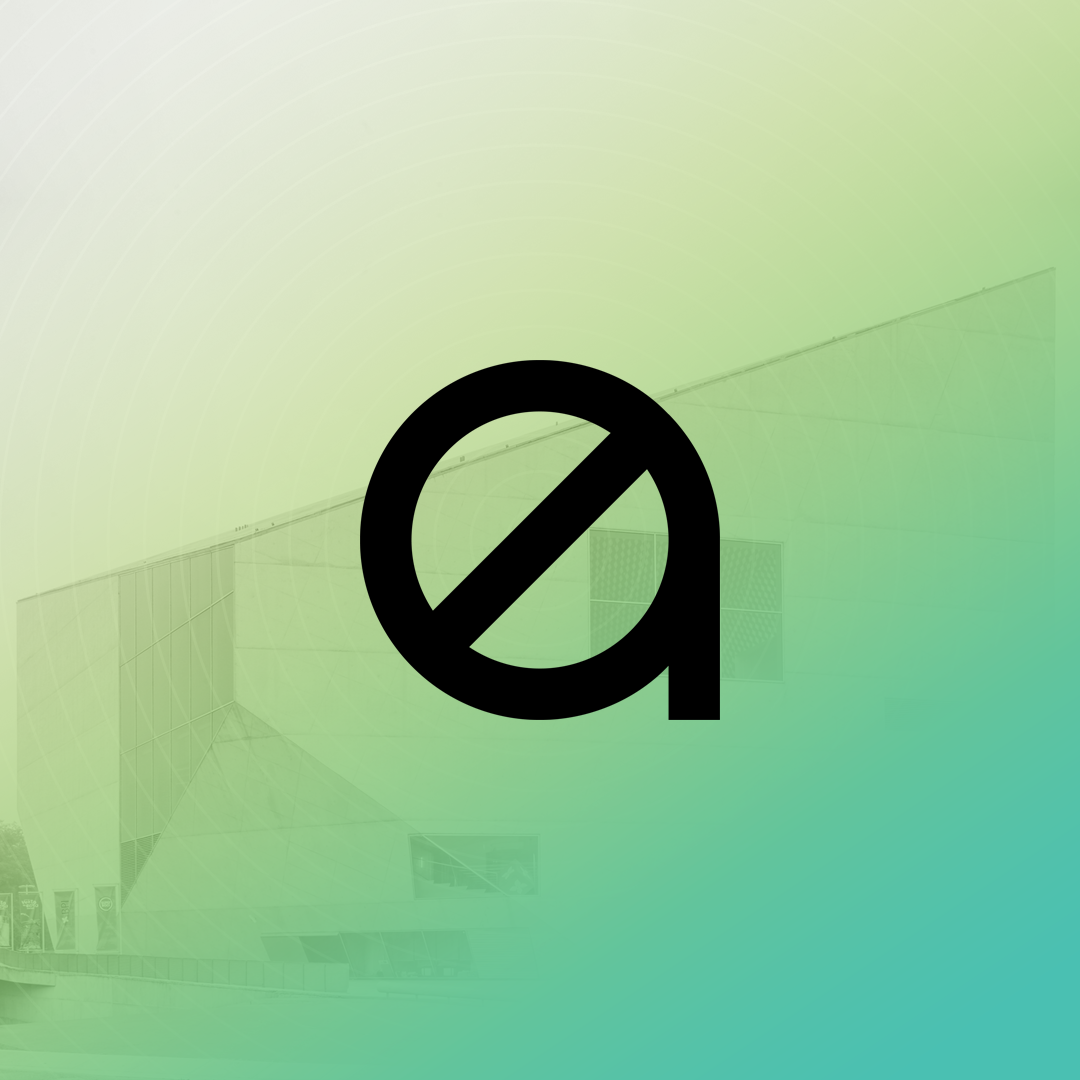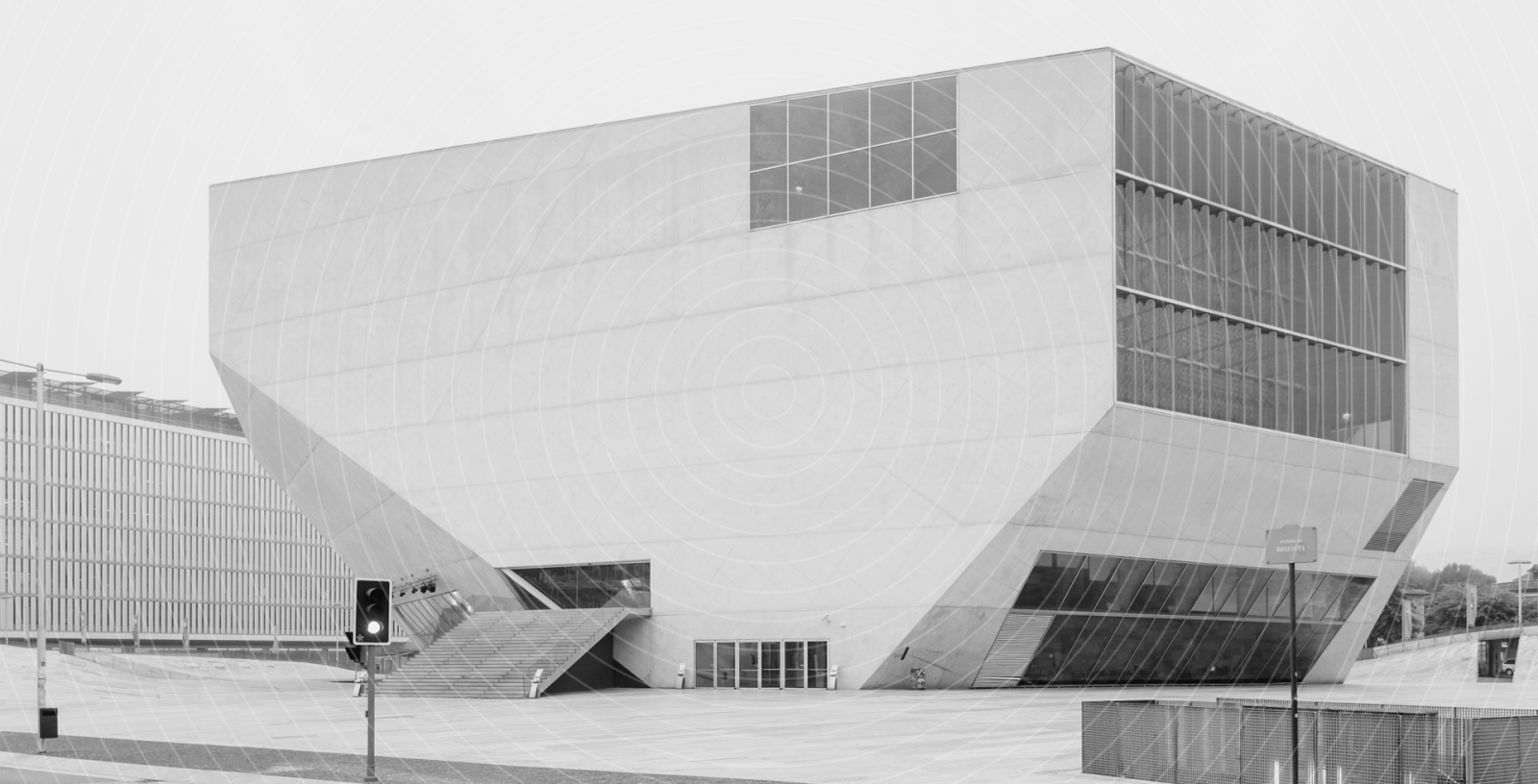Non Architecture has just launched a brand new concept competition entitled Re-Draw, aiming to re-ignite the discussion around architectural representation.
The aim of the “Re-Draw” competition is to develop one visual to ‘represent’ an iconic architecture.
The participants are asked to draft one image, with absolute freedom of scale, technique, and level of abstraction.
The drawing can highlight functional aspects of the building, showing a deep understanding of one or more design aspects. It can focus on the aesthetic qualities, experimenting and mastering a drawing technique with hyper-realistic outcomes, or it can be an optical deformation, a caricatural interpretation, a distant abstraction of the built architecture. The drawing can strengthen a conventional interpretation of architecture, or explore a new angle, a new point of view, intellectual and/or physical. The building can be portrayed as a whole, a part, or a collage of disconnected moments.
The entry for the competition is completely flexible and adaptable to the participant’s interpretation.
The project started in collaboration with KooZA/rch, sponsored by Morpholio, and in partnership with the most influent platforms for Architectural Representation out there; Show it better, Crit Day, architectureONpaper, Archisource, Arqpédia, Axonometric Madness, and c_a_g_e.
The building: Casa da Música
In 1998, the cities of Porto and Rotterdam were chosen as European Capitals of Culture for 2001. This announcement set in motion a long and complex process of resource management, creation of artistic, social and educational programs under the responsibility of the newly created Porto 2001, S.A.. Amongst other initiatives the promising idea of Casa da Musica arose: a building of unique characteristics where the music would have a home.
From the outset the concept of a public-private space began losing ground to the possibility of a single program, capable of responding to the real needs of the Portuguese audiences. When the Ministry of Culture, then led by Manuel Maria Carrilho, embraced this idea, the creative machine was ready to boot.
In March 1999 the agreements regarding the disposal and usufruct of the land for the building were negotiated between Porto 2001, S.A. and the Municipality. At the time, the choice was quite publicized because it forced the demolition of the tram’s terminus station, which belonged to Porto’s public transports company. Other possible sites were considered but the final conclusion was that precisely the very location of this land – and, hence, the future Casa da Mísica – would imprint on all the surrounding area an urban renewal and social dynamics much needed. The building that existed was already in an advanced state of degradation and its historical value was considered minor, compared to the new icon that would arise.
In mid-1999 the architecture tender for the project of Casa da Musica began. In addition to a demand to limit applications to professionals who had proven their proficiency in architectural projects of buildings designed for the same purpose and of similar greatness, the best amongst the best were invited: Hadid, Zumthor, Foster, Siza Vieira, Koolhas, Herzog and de Meuron, to mention just a few. A total of 26 applications, of which only 15 were foreign. Given the short duration of the bidding process, which would conclude in six months, the vast majority gave up, moving on to the second phase seven architects (Dominique Perrault, Norman Foster, Peter Zumthor, Rafael Moneo, Rafael Viñoly, Rem Koolhas and Toyo Ito) and for the third and last only three. The projects presented were designed by Dominique Perrault, Rafael Viñoly and Rem Koolhas.
Much controversy was raised around the choice of the winner. The Evaluation Committee consisted of Pedro Burmester, Nuno Cardoso, Manuel Correia Fernandes, Eduardo Souto de Moura, Ricardo Pais, Manuel Salgado, Artur Santos Silva and Álvaro Siza Vieira. If in some technical aspects the projects of Perrault and Viñoly were very competent, they were also milder in form and aesthetic expression. Koolhas’ project allowed for a multipurpose adaptation of internal and external spaces of the building, a fluent and coherent language in the use of easily maintainable materials and, above all, a distinguishable singularity. The strong visual dominant of the building would weigh on its choice, in accordance with the “Porto 2001” assumed purpose of seeking a new identity for the city, a milestone, an icon and a landmark.
Prizes
WINNER (1 Prize)
1.500 euros.
Publication in the Non Architecture Competitions book and website.
Reviews in digital magazines and several architecture blogs.
1 Year subscription to Trace Pro App provided by Morpholio.
Selected for the cover of the book.
Being able to join as a Juror for the next Non Architecture Special Competition.
HONORABLE MENTIONS (6 Prizes)
Publication in the Non Architecture Competitions book and website.
Reviews in digital magazines and several architecture blogs.
6 months subscription to Trace Pro App provided by Morpholio.
FINALISTS (43 Prizes)
Publication in the Non Architecture Competitions book.
MORPHOLIO TRACE AWARD (1 SPECIAL PRIZE)
1 Year subscription to Trace Pro App provided by Morpholio.
A post on Morpholio social media channels.
The jury
The jury will be composed by a pool of platforms and experts active on the theme of architectural representation.
Federica Sofia Zambeletti – Founder at KooZA/rch
Carolina Gismondi – Creative Director at KooZA/rch
Steven Rubio – Founder at ShowItBetter
Mansel Haynes & Emily Glynn – Founders of Archisource
Dan Bridgewater – Founder at CritDay
Francesco Decaro – Founder at C_A_G_E
Brenda Roqueta Vives – Founder at architectureONpaper
Jose Morandeira – Founder at Arqpedia
Francisco Rivera – Founder at Axonometric Madness
Morpholio Special prize will be selected by the Morpholio team
Calendar
1 April Competition opening.
1 – 14 April Special registration period (25 €).
15 – 30 April Early registration period (40 €).
1 – 15 May Regular registration period (55 €).
15 – 31 May Late registration period (70 €).
15 May Submission opens. 31 May Submission closes.
15 August Book is available.
The timing always refers to Greenwich Mean Time (GMT+0)
Download the brief & register here !
READ ALSO: Μεταμόρφωση του Post de Louvre στο Παρίσι με Structura Interpon D2525

